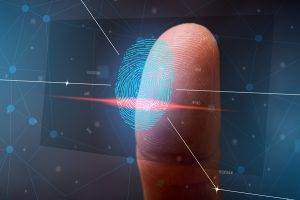
Every October, the cybersecurity community comes together to highlight how each of us plays a role in the security of not just our own online identities, but of cyberspace as a whole. This year, National Cyber Security Awareness Month, organized by the Department of Homeland Security, is celebrating its 15th anniversary. This month is a collaborative effort between government and industry to ensure every American has the resources they need to stay safer and more secure online while increasing the resiliency of the Nation during cyber-threats.
The theme for 2018 is "Cybersecurity is our shared responsibility, and we all must work together to improve our Nation's cybersecurity." This focus on responsibility, both individual and organizational, is critical for a population becoming more and more dependent on Internet connectivity. A recent study found that while government tends to have better cyber hygiene than most industry sectors, overall, we are not doing all we can to secure our networks and all of the devices that connect to them. Only 50 percent of respondents said they were running authenticated scans and were able to patch vulnerabilities within a week of detection. Almost half use dedicated workstations and networks for administrative activities, but over 40 percent do not use multifactor authentication or don't require unique passwords for each system. Continue reading








